Food always shows up in my memories I have realized. I am currently taking a cooking class at a local community college, and we were asked to write about our food memories. I noticed how many of my food memories are connected with growing up in Austria and the desire to find the same flavors and dishes again even when living abroad. Our instructor asked us to write about foods we hated but now love, special foods, and foods associated with the seasons.
Foods that I Hated but Now Love
I have noticed that most of my loves and hates in connection with food have stayed the same over the years; the only exception is foods that I first ate prepared differently from what they were meant to be.
For example, I have never really understood the excitement about fried chicken (and now I cannot believe I ever thought that). I did not really hate it, but if I had a choice, I would have eaten nearly anything else rather than fried chicken. I found the breading rather tasteless, rubbery, and greasy covering dry meat. That was when I ate the European version of fried chicken, which usually means a thick layer of breadcrumbs and panfrying/roasting in about half an inch of oil. Then, I had fried chicken in a U.S. military messhall and prepared by a chef who grew up in the South. It was a revelation – the chicken was moist and not greasy at all and the breading actually added to the taste. Now I love fried chicken – if it is prepared well (which for me so far means made by a chef who uses Southern recipes).
Another example is fries; the only American-style fries I knew from Europe were McDonald’s fries since McDonald’s was the only U.S. fast-food restaurant I have known. I actually liked those fries, but when I moved to California, everyone always mentioned how I had to try the fries at In-N-Out since they were so great. The first time I tried the fries, I thought they were too dry and too thick; I was not a fan, but people continued to tell me how good they were and always wanted to eat at In-N-Out instead of any other burger place. After a few more visits, my taste changed, and I actually started to like the fries. I have not eaten at a U.S. McDonald’s in years, and I am one of these annoying people now who always try to convince others that In-N-Out has the best fries.

Fries and burgers at In-N-Out; photo by pointnshoot from Oakland, California, USA (via Wikimedia Commons)
Foods that Remind Me of Special Occasions
One dish that always reminds me of family dinners for Christmas or Easter is my grandmother’s stuffed veal breast. It is a traditional Austrian dish and pretty common, but it is a large piece of meat that is rather expensive, so we usually ate it only for special occasions. The boneless veal breast is cut open to create a pocket that is filled with a mixture of parsley and old bread soaked in milk and white wine. The stuffed breast is sown shut and sitting in a liquid of wine and butter is then roasted in the oven for two hours and regularly moistened with the liquid. It is served with steamed cabbage, bread dumplings, and boiled potatoes that soak up the juice from the meat. Since the death of my grandmother, I have never eaten this dish again because I am nervous that it would not be as good as her version (she never shared her recipe) and that I would “ruin” my memory of the amazing taste.
Foods Associated with the Seasons
Since I grew up in Austria, many of associations are still made based on the weather and local ingredients there, which is very different from California with its much warmer weather. This has sometimes become frustrating to me since I cannot find the same foods and puzzling to friends, who become excited about pumpkin in fall for example, which as a vegetable has really no special memory or season associated with it for me.
Spring:
It can snow in mid-May in Austria, so I do not necessarily associate fresh vegetables and lettuce with spring. In fact, many of the greens that can be grown in California in February would not show up in Austria until April and even then most likely from a greenhouse. I am still amazed by what can be planted when here in Northern California. So when I think of spring, I think of special dishes associated with carnival, Lent, and Easter, large celebrations in spring. The dish associated with carnival is called Faschingskrapfen, a type of donut filled with apricot jam and powdered sugar.

Faschingskrapfen – Photo by Wikimedia Commons/KarlGruber
Lent is connected with creamed spinach and a fried egg, the typical dinner for Maudy Thursday, which is focused on green foods.

Creamed Spinach and Fried Eggs (photo by belu1004 on Pixabay)
Easter is associated with Osterzopf, which at first glance looks a lot like Challah bread but is much sweeter and a dessert by itself or a breakfast bread.

Osterzopf – Photo by Capri23auto on Pixabay
Summer:
I associate summer with red currants, berries that grow like weeds but do not do well in the heat of the Sacramento Valley (I have tried growing them here). I remember there were weeks and weeks of summer where I would pick and de-stalk currants nearly every day. Most of the red currants were made into jam or thick juice to be mixed with sparkling water all through winter till the next summer. My favorite way to eat red currants is as a yellow sponge cake with a layer of the sweet-sour red berries topped with thick waves of meringue. The recipe does work with frozen berries, so I can recreate it with frozen red currants usually found at Russian supermarkets in Sacramento, but it does not taste quite as good as it would with fresh berries just picked from the backyard.

Red Currants – Photo by danigeza on Pixabay
Fall:
Fall is connected with roasted chestnuts and new red wine – a combination that is particularly popular in Northern Italy and in the Austrian state of Tyrol (see a previous blog posting). In the US, most people think of pumpkin when they think fall – as seen with the excited social media postings about pumpkin flavors being offered again at Starbucks and other places, but I am not used to the pumpkin obsession. For me, pumpkins are associated with a dark pumpkin seed oil available and used all year long and roasted pumpkin seeds on breads and as snacks, also eaten throughout the year.

Starbucks Pumpkin Meme Found on the Site Your Tango
As a child, I associated fall with hiking through forests to collect mushrooms, especially mushrooms of the Boletus family such as Bay Bolete and Penny Bun. I learned early on as a five-year old how to identify the edible mushrooms from the poisonous ones, how to cut them correctly, so they would grow back next year, and how to clean them. Fresh mushrooms would be made into a thick sauce that was a meal by itself with bread or bread dumplings. We also dried pounds and pounds of them to be used in soups and sauces throughout the year.

Mushroom from the Boletus Family – Photo by czu_czu_PL on Pixabay
Winter:
Winter is closely connected with gingerbread and a variety of cookies that are made only around Christmas time, but usually so many pounds are made and received as gifts that we ate Christmas cookies till long into January. Many of the cookie dough recipes include nuts such as almonds, hazelnuts, or walnuts. One famous Austrian cookie is the Vanillekipferl, shaped like a crescent moon (see a great recipe here). Another popular recipe is cinnamon stars (see a recipe here). All the cookies seem much less sweet than American desserts and a lot drier; an American chewy chocolate-chip cookie seems undercooked to me for example, but my American husband compares Austrian cookies to wood chips or bread, and the possibility for Austrian cookies to stay fresh in an air-tight container in a cool place for weeks is not a good sign for him.

Vanillekipferl – Photo by Blueeyes on Pixabay
Reflecting on foods has shown me how closely all of my especially favorite memories are connected with foods. One of the main reasons why I have become interested in cooking and taking cooking courses is because I want to recreate flavors that are connected with special memories, places, and people . Since I have moved around quite a lot in my life, I have learned that it is often futile to try to find a restaurant or bakery that offers these flavors from my past, so it just seems easier to learn how to create them myself instead of looking for someone else who might be able to do this.
PS: When I am around food, I seem to be more focused on eating than taking photos, so many of the photos in this posting are from Pixabay, a site with free, high-quality images. Thank you to all the artists who make their work available for free (and also take much better pictures than I can).













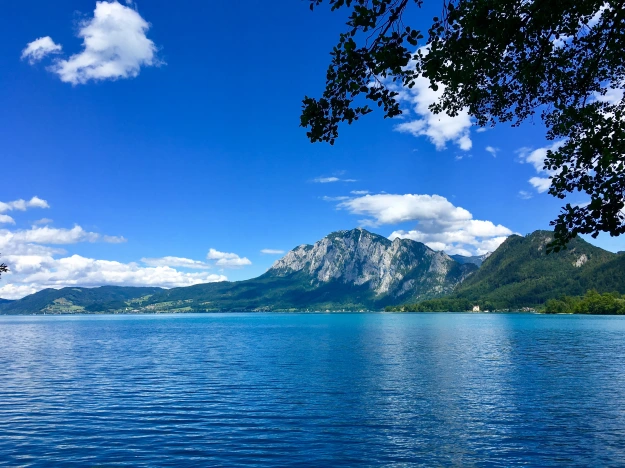







































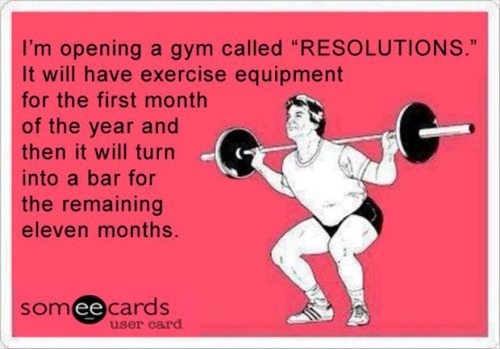
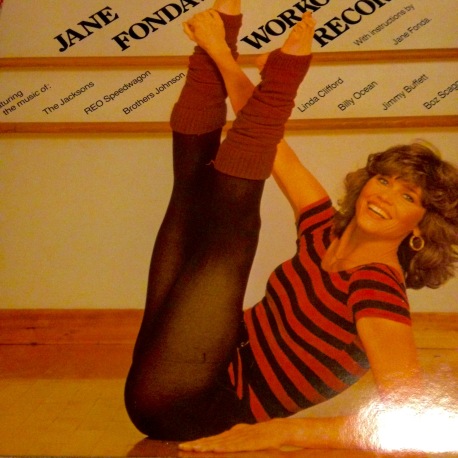
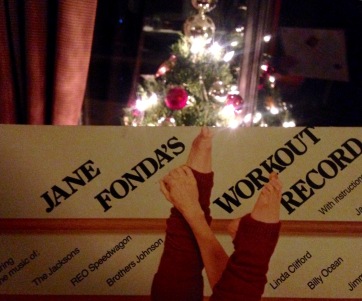

































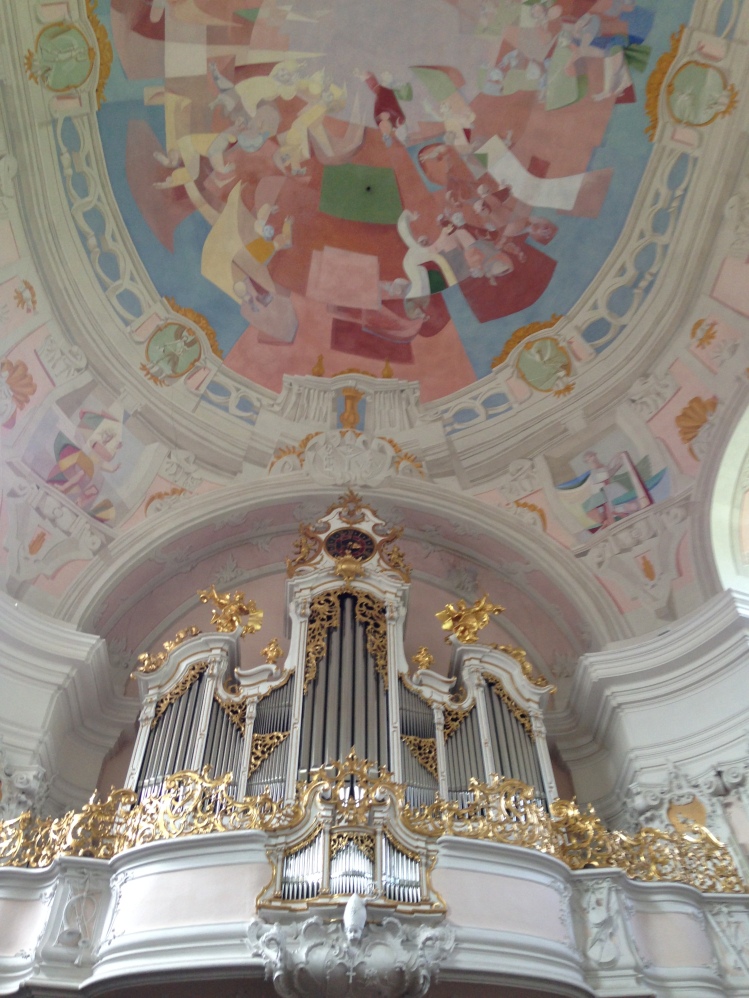










































You must be logged in to post a comment.